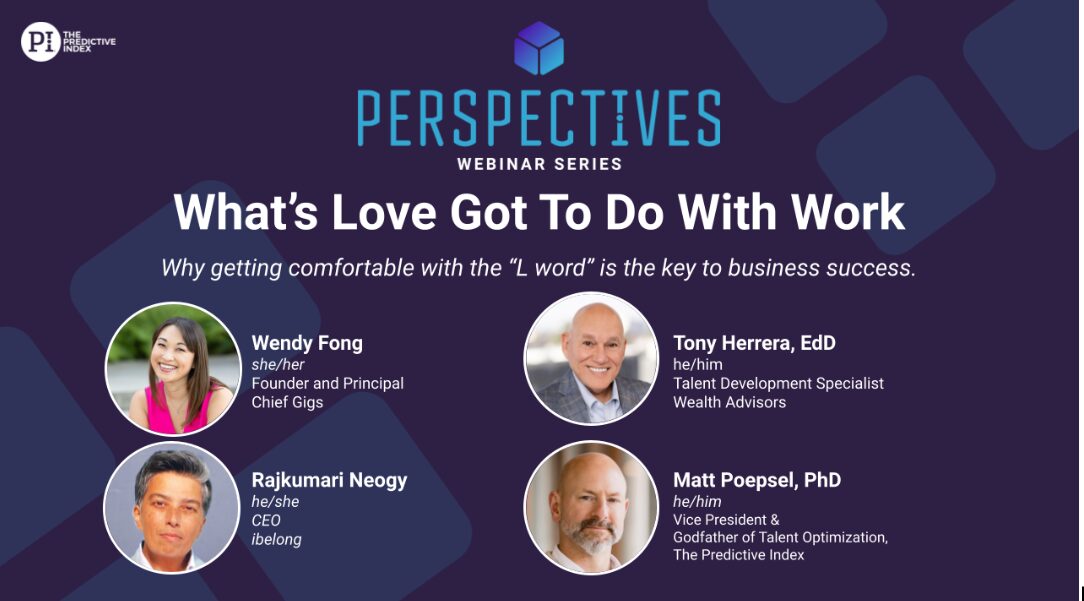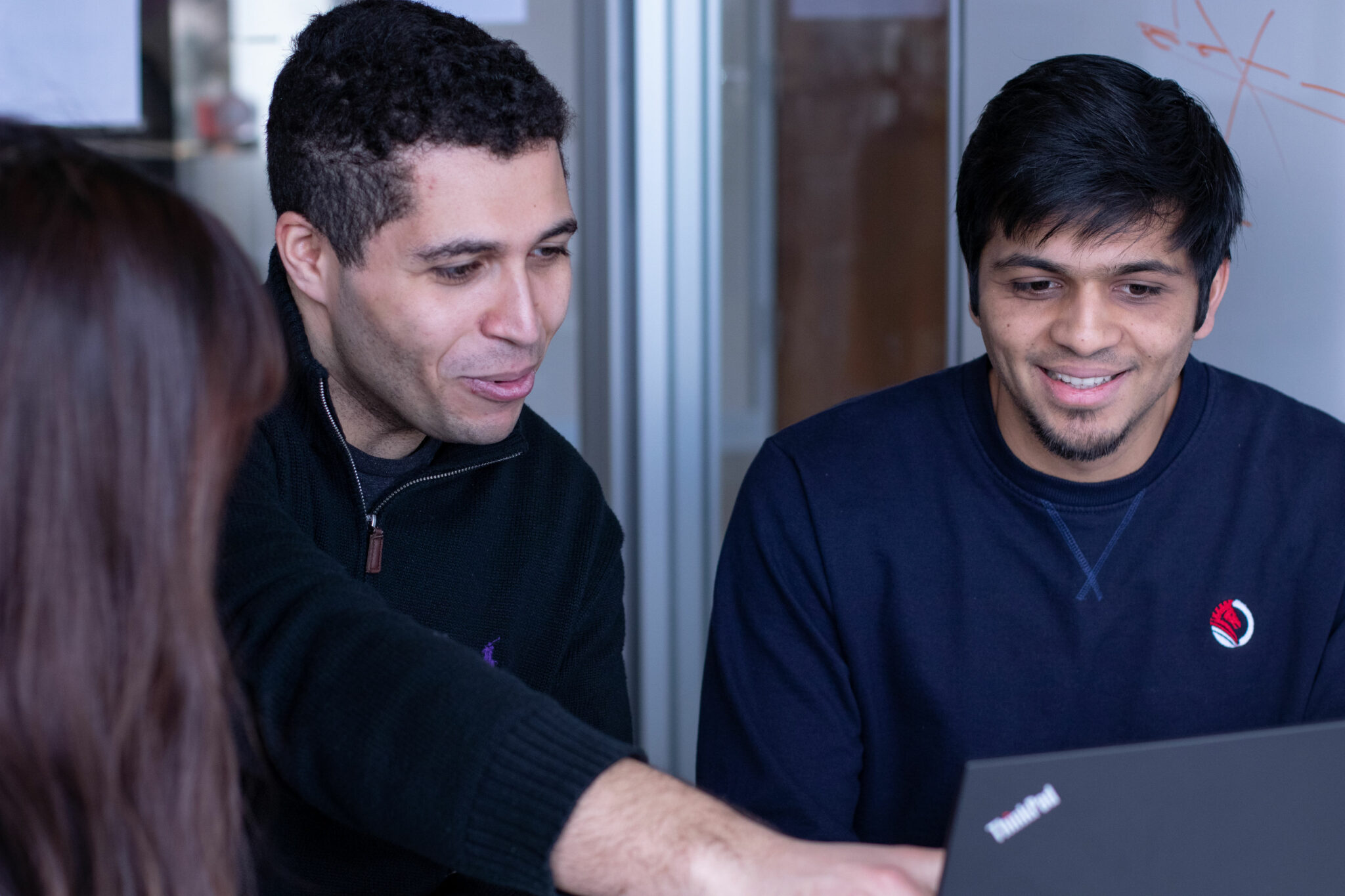Back in the 1980s, there was a huge rivalry between two of the best chess players at the time: Karpov and Kasparov.
Karpov played chess like an anaconda, slowly strangling his opponents by playing defense. This type of chess is slow and deliberate; the main task is to limit the moves your opponent can take.
Kasparov was the complete opposite. His style of play was attacking—fast and aggressive, with a pinch of arrogance.
Kasparov won five championship matches against Karpov. He became the youngest World Champion at the age of 22. He stayed at the top for 20 years, finally retiring in 2005, known to many as the greatest chess player of all time.
But this isn’t the story of Garry Kasparov. This is a story of knowing the person across the table.
Knowing the person across the table
Even though Kasparov beat Karpov, it doesn’t mean that offensive chess is stronger or better. If you were to play chess, you’d need to know both styles to be able to use them in a situation that requires one or the other.
Let’s say your opponent was a controller who loved to calculate every possible option before acting. The best strategy would be to make your position as chaotic as possible. You’d render any extensive calculation obsolete, plunging your opponent into the unknown.
But what if your opponent was fast and intuitive? The best strategy would be to make precise moves, forcing him to be patient and to do mind-numbing math. This is something a fast and intuitive player doesn’t want to.

The single best approach is not having a single best approach.
Success comes when you master yin and yang and know when to use one and when to use the other. But to do that, you need to recognize who’s sitting across the table from you.
You can apply this lesson to the workplace—especially in employee management.
Treat your employees fair, but not the same.
Some of your employees need more praise and acknowledgment. Some prefer private recognition, while others thrive on public recognition. Some like to spitball ideas at brainstorming sessions, while others think best alone.
It’s important to notice the unique behavioral drives and needs of the person “across the table” from you. Administer behavioral assessments. The resulting insights inform how you should treat each individual.
You will treat everyone fairly, but you won’t treat everyone the same.
Think of Ernest Shackleton. What helped him keep his men alive was motivating the individual. He talked biology with biologists, photography with a photographer, and food with the chefs. He was fair to all, but he never treated all the same. He acknowledged that their needs were different.
But noticing your employees’ needs is one side of the coin. The other side is tailoring your management approach.
Join 10,000 companies solving the most complex people problems with PI.
Hire the right people, inspire their best work, design dream teams, and sustain engagement for the long haul.
Personal preference vs. needs of the others
I’m a loud, cheerful person who loves a good laugh. I’m always giving high-fives and always have a smile on my face. I love to communicate face-to-face and I have no problem with giving, receiving, or asking for feedback directly.
But that’s my personal preference. Not everyone wants (or needs) to take the same approach to life or work.
If you’re a highly extraverted leader, you’ll need to step back from your own personal preferences from time to time. This allows you to create a secure environment for your more introverted employees.
It might not come naturally to you, and that’s okay. It’s about finding that part of yourself which is softer, kinder, and more nurturing then drawing it out.
As a wise, old sage once said:
“The strongest tree isn’t the one with the deepest roots, but the one which can bend at the wind the most and still remain unbroken.”








